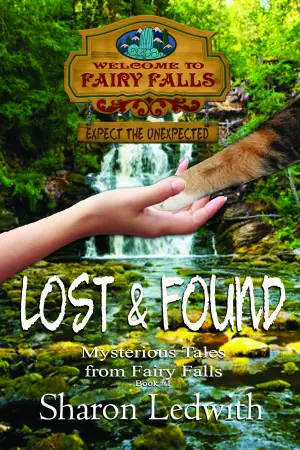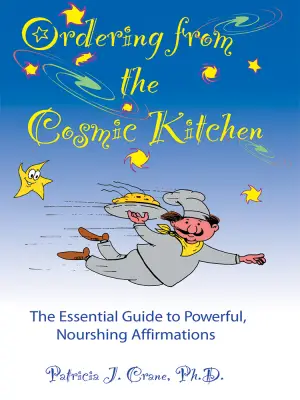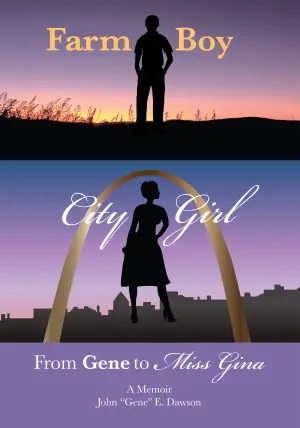Embracing the Joys of Life: A Warm Reflection on Heidi: A Graphic Novel
When I stumbled upon Heidi: A Graphic Novel, I felt an overwhelming wave of nostalgia wash over me. Originally penned by Johanna Spyri in 1880, this tale isn’t just a story from my childhood—it’s a beloved classic that my husband and children have fondly embraced. Having watched the anime countless times, I couldn’t resist diving into this fresh adaptation. What would it bring to the familiar narrative of friendship, kindness, and the innocent joys of life amidst the breathtaking Swiss Alps?
At its core, Heidi tells the story of a young girl who radiates warmth and cheer despite the trials she faces at such a tender age. Orphaned and sent to live with her reclusive grandfather in the mountains, Heidi’s spirit flourishes as she immerses herself in the simple delights of nature and companionship with goats. Yet, her idyllic existence is abruptly shifted when she’s unwittingly taken to Frankfurt to become a playmate for a sick girl—a change that throws her into an unfamiliar and lonely world far from her beloved mountains.
What struck me the most, aside from the enchanting narrative, was how adeptly the graphic novel captures Heidi’s infectious zest for life. The illustrations, awash with a gentle pastel palette, encapsulate the charming beauty of the Alpine setting while echoing Heidi’s sweetness and naivety. There’s something incredibly soothing about the artwork; it draws you in and invites you to walk alongside Heidi on her adventures, blending the elements of joy and hardship seamlessly.
The pacing of the story is swift, as you might expect from a graphic novel, but I found it refreshingly smooth. The emotions and experiences unfold naturally, allowing the reader to savor those heartwarming moments. However, I did feel a pang of disappointment when a significant part of the original story was excluded toward the end. This omission removed a final wave of feel-good vibes that Spyri’s original novella so beautifully delivered. It’s perplexing why just a couple of pages could not have been included, but I recognize that newcomers to the tale won’t be aware of what they’re missing.
Aside from the delightful storytelling, the book also serves as an educational resource. The author has thoughtfully included insights into Swiss culture and history at the end, making it a perfect candidate for a classroom theme or a homeschooling project. This blend of delight and education adds an enriching layer to the reading experience.
In conclusion, Heidi: A Graphic Novel is sure to charm not only those familiar with the original tale but also newcomers drawn to heartwarming narratives. It’s an invitation to lose yourself in the simple joys of life and the beauty of friendship, brought to life through captivating illustrations. Personally, revisiting Heidi’s journey reminded me of the magic of resilience and the power of love—a narrative that transcends generations and continues to resonate today. Whether you’re a parent or simply someone who appreciates beautifully told stories, I wholeheartedly recommend taking this journey with Heidi. You might just find your heart a little lighter and more filled with joy.






